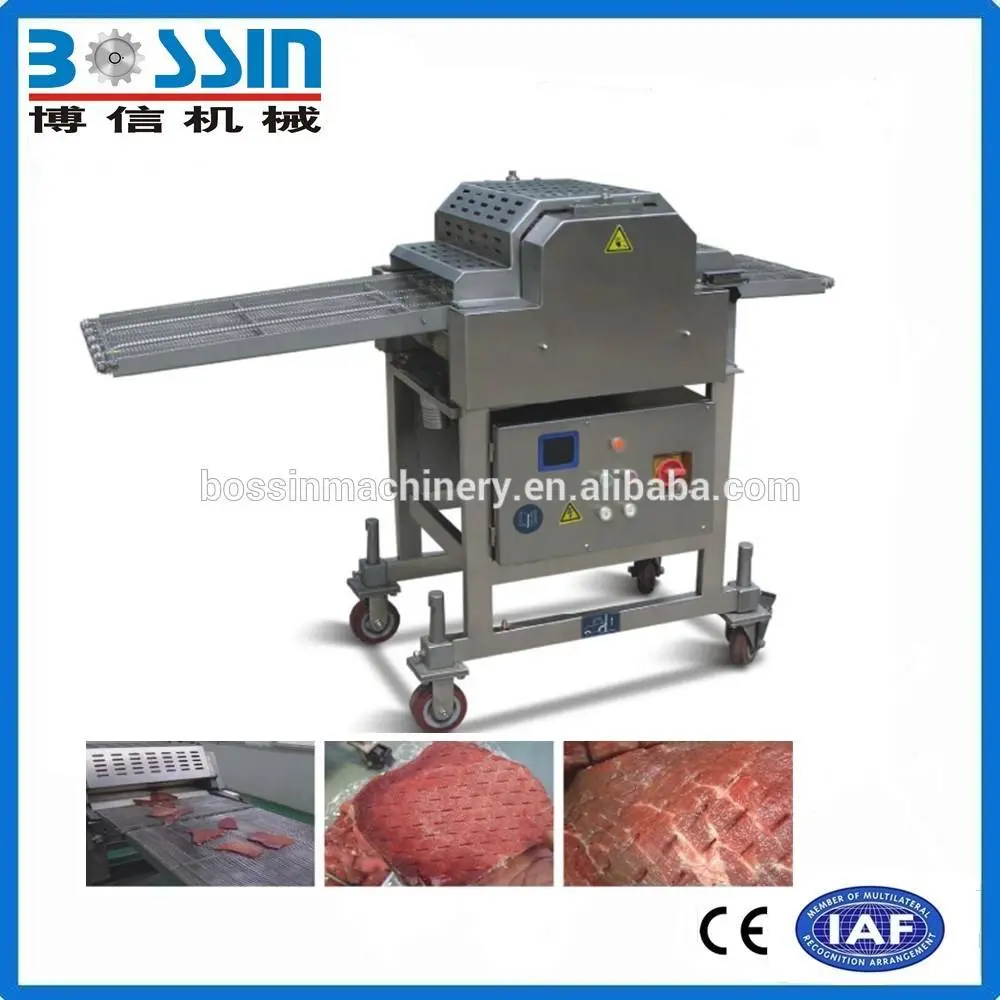
Kas . 11, 2024 08:46 Back to list
sausage processing machine
The Evolution and Importance of Sausage Processing Machines
In the realm of food processing, sausage production holds a vital place. With a rich history that dates back centuries, sausages have become a staple in various cuisines around the world. The advancement of technology has significantly transformed how sausages are produced, particularly through the use of sausage processing machines. These machines have streamlined the sausage-making process, ensuring efficiency, consistency, and quality.
Historical Context
Sausages were first made by ancient civilizations, where meat was preserved using salt and spices. The process was labor-intensive, requiring skilled hands to grind, mix, and stuff the meat into casings. This method remained largely unchanged until the Industrial Revolution, which marked a turning point in food processing. With the advent of mechanization, sausage production began to transition from artisanal methods to more efficient, machine-assisted processes.
The Role of Sausage Processing Machines
Sausage processing machines encompass a variety of equipment designed to automate different stages of sausage production. These machines facilitate the grinding of meat, mixing of ingredients, stuffing of casings, and even cooking and smoking. The integration of advanced technology has not only improved productivity but has also ensured a higher degree of hygiene, which is essential in today’s food safety-conscious environment.
1. Grinding Machines The first step in sausage production is the grinding of meat and fat. Modern grinding machines use precision blades and powerful motors to achieve uniform consistency and particle size. This is crucial as it influences the texture of the final product.
2. Mixers After grinding, the meat mixture must be combined with spices, additives, and preservatives. Sausage mixers are designed to ensure even distribution of all ingredients, which is essential for flavor consistency. Automated mixers can handle large volumes, significantly reducing the time and labor required for this step.
3. Stuffing Machines Stuffing is one of the most critical stages in sausage making. Stuffing machines fill casings with the prepared meat mixture. These machines can operate at high speeds and ensure that the casings are packed tightly and uniformly, which is key to maintaining the sausage’s shape and preventing air pockets that can spoil the product.
sausage processing machine

4. Linking and Twisting Equipment Once the casings are filled, they must be linked and twisted into individual sausages. Automatic linking machines can produce sausages of uniform length and weight. This not only standardizes the product for retail but also reduces waste.
5. Cooking and Smoking Machines After the sausages are formed, they often undergo cooking or smoking to enhance flavor and preserve the product. High-tech cooking and smoking machines allow for precise temperature control and timing, ensuring that each sausage is cooked evenly and safely.
The Impact on Food Industry
The evolution of sausage processing machines has had a profound impact on the food industry. With the ability to produce sausages at scale, manufacturers have been able to meet increasing consumer demands. Furthermore, the consistency achieved through mechanization has improved product quality, which is vital for brand loyalty and market competitiveness.
Moreover, these machines have prioritized food safety by minimizing human contact with raw materials and enhancing sanitation processes. Automated systems reduce the risk of contamination, making it easier for producers to comply with health regulations.
Sustainability and Future Trends
As the food industry continues to evolve, sustainability has become a crucial focus. Sausage processing machines are being designed with energy efficiency in mind. Manufacturers are investing in machines that utilize less water and energy while maintaining high levels of productivity. Innovations such as IoT (Internet of Things) technology are also being integrated, allowing for real-time monitoring of machinery performance and maintenance needs, further reducing operational downtime.
Conclusion
Sausage processing machines represent a critical advancement in the food processing industry. They have transformed a once labor-intensive craft into a highly efficient and standardized operation, ensuring that we enjoy consistent, high-quality sausages. As technology continues to advance, the future of sausage production looks promising, combining efficiency with sustainability to meet the needs of consumers and manufacturers alike. The humble sausage, with its deep roots in culinary tradition, continues to thrive in the modern era, thanks to these innovative machines that are reshaping production practices worldwide.
Latest news
-
[Product Name]-[Company Name]|[Core Function 1]&[Core Function 2]
NewsJul.13,2025
-
SmartFlow 3000 Series-Industrial Automation Solutions|AI Analytics&Energy Efficiency
NewsJul.13,2025
-
NextGen Equipment Series-IndustrialTech Solutions|Smart Automation&Real-Time Analytics
NewsJul.12,2025
-
Smart Irrigation System - Example Corp | Water Conservation, AI-Driven Efficiency
NewsJul.12,2025
-
Chicken breast meat slicer
NewsMar.07,2025
-
Meat Bowl cutter for LAB
NewsMar.07,2025